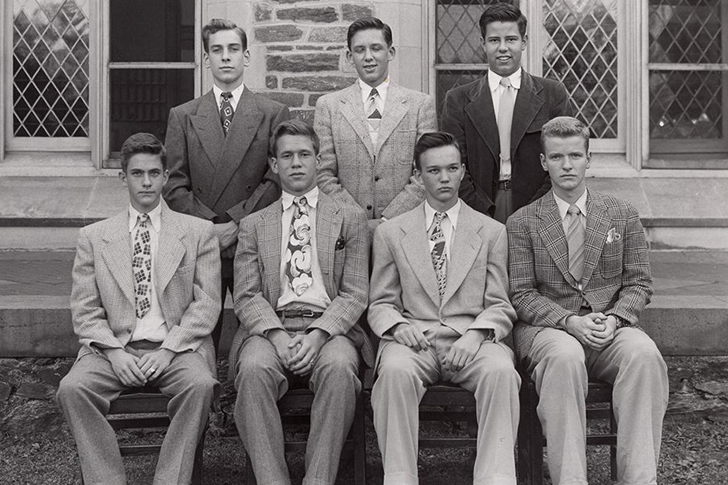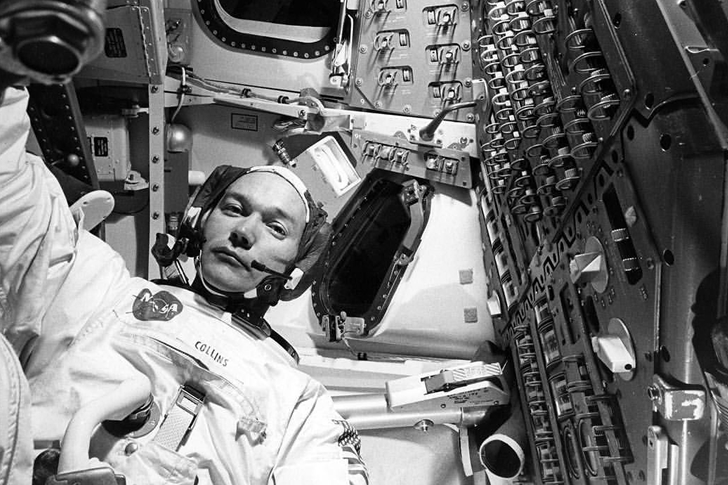Michael Collins: An Experienced Astronaut
You probably won’t remember Michael Collins as much as you would recognize his peers, Buzz Aldrin and Neil Armstrong. These two were the first astronauts to land on the moon. The one left on the command module, however, was a former military pilot-turned-astronaut, Michael Collins. He was ultimately responsible for the safety of their vehicles and the two astronauts who were exploring the moon. While he isn’t given as much credit as Aldrin and Armstrong, he still definitely played a very crucial role in the Apollo 11 mission. And despite that he’s not as well known, he reportedly always felt that he was a valued team member of the crew of three.
Early Life and Education
Collins was a military brat and was born in Rome, Italy, on October 31, 1930, where his father was stationed then. As part of an army family, they had to frequently contact a moving company to transfer their things from one place to another. After World War II, the family settled in Washington, DC. Collins then attended St. Albans School. Deciding to follow the footsteps of his father, he enrolled and got accepted to WestPoint Academy in New York.

Military Career
After obtaining his Bachelor of Science degree from WestPoint in 1952, Collins joined the Air Force. He completed flight training and showed stellar performance. Because of this, Collins became a pilot for an F-86 Sabre and was assigned to the 21st Fighter-Bombing Wing at the George Air Force Base. Like Neil Armstrong, he also served as an experimental flight test officer at Edwards Air Force Base.
Career at NASA
After having trained hard and after having been inspired by John Glenn, who flew the Mercury-Atlas 6 test flight, Collins decided he wanted to become an astronaut. As a test flight pilot, he applied in 1962. He was not accepted, but it did not stop him from trying again in 1963, after a stint at the USAF Aerospace Research Pilot School. While we are unsure of his roof repair skills at home, what’s certain is that Collins was fully determined to acquire the skills needed to become a space pilot.

Gemini 10
After Gemini 7 was successfully completed, Collins was assigned to be part of the main crew of the Gemini 10 mission, along with John Young. The primary objective of their mission was to rendezvous and perform multiple docking tests with the Agena target vehicle. This resulted in the scaling back of spacewalks and extravehicular activities (EVA) that were meant to be done by the crew. Nonetheless, Collins trained for the eventual spacewalk, and part of his training included standing on circular pads that used gas jets to raise itself from the surface, simulating the environment in space. During his EVA, Collins recalled feeling like a Greek deity watching over Earth.
Involvement in the Apollo Program
We know his role in the Apollo 11 flight, but he was not just involved in that one historic flight, because he was also initially part of the prime crew of Apollo 8 as its Command Module Pilot. He suffered a cervical disc herniation, however, and was replaced by Jim Lovell in July 1968. Collins became the CAPCOM or capsule communicator for Apollo 8, having trained a great degree for this flight. He went on to become the command module pilot of the successful Apollo 11 landing. So while many give accolades to Armstrong and Aldrin, it is worth noting that Collins was a vital part of the crew who had a ton of experience in space flight.

Fond Recollection of Apollo 11
Collins recalled having felt no loneliness during the Apollo 11 program, despite him being left alone in the command module for most of the time. He said that he felt close to the other two astronauts. Apart from watching Tranquility Base and glancing occasionally towards Earth, Collins was busy communicating with Houston and keeping the mission running.
